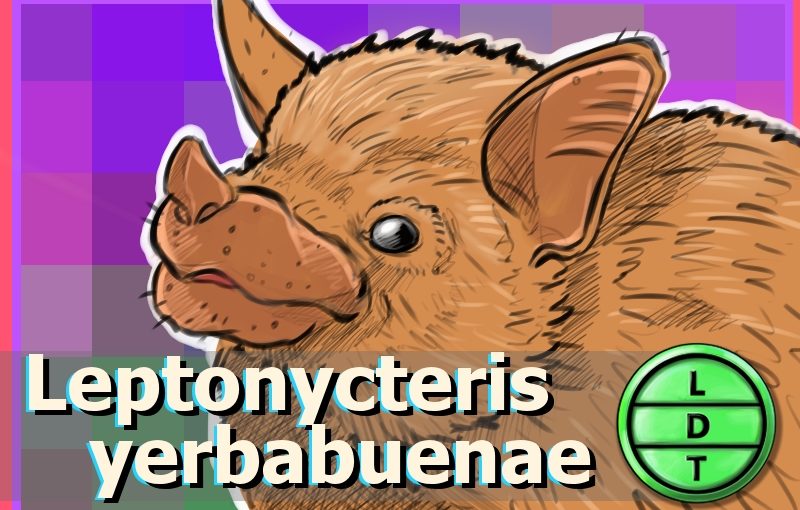“…And today we’re talking about an animal that has gotten some bad press recently. But hopefully some cool facts will turn it around. More on that later.”
A dry barren wasteland seems like the kind of place most creatures would avoid. But the dessert offers rare opportunities to those who have the tools to capitalize on the hidden bounty. But even if you do, there are challenges to overcome and one misstep can mean the end. But one aerial mammal may have just what it takes to make America’s Southwest their home. But strange animals with niche tools in strange places are part of the beauty of Life, Death, and Taxonomy.
Measure Up
Welcome to the beloved Measure Up segment. The official listener’s favorite part of the show! The part of the show when we present the animal’s size and dimension in relatable terms through a quiz that’s fun for the whole family. It’s also the part of the show that’s introduced by you when you send in audio of yourself saying, singing, or chittering the words measure up into ldtaxonomy at gmail dot com. We have a new measure up intro as we return to the Nantahala Forest saga.
Body length
- 8 centimetres (3.1 in)
- How many bats go into the length of a leaf on the largest species of agave plant?
- Hint: The species is Agave atrovirens and it’s native to Oaxaca, Pueblo, and Veracruz in Mexico.
- Answer: 57 bats. A single succulent leaf is 14’9” (4.50 meters)
Weight
- 15 and 25 grams (0.53 and 0.88 oz)
- 25 grams (0.88 oz)
- How many bats go into the weight of the total Agave atrovirens plant?
- Hint: It takes many years, but the plant eventually forms a large peduncle that can form more than 40 feet and sprouts flowers.
- 72,574 bats. The plant can be as heavy as two tons.
Major Fact
- The long nosed bat has an even longer secret: a tongue that is as long as it’s body.
- There are multiple species of bats that have very long tongues that range from a third to more than their body length.
- Many of them live in Central and South America for a specific reason.
- Several long-tongued bat species live in arid desert regions where they get most of their nutrition from flowering desert plants.
- Some travel back and forth between Mexico and the U.S. especially in the Mojave desert.
- They drink the nectar from cactus flower blooms. They may even visit as many as 100 flowers each day.
- Like hummingbirds, they specialized in hovering so as to position just right to get the nectar without careening into a cactus spike.
- If you look at their tongue close up, it looks kind of like a pipe cleaner with many little barbs that come off of it like bristles.
- These bristles are called papillae. Do you remember what other animal we said had papillae?
- Their bristly tongue acts as a mop to suck up and clean out every bit of nectar that they can get out of hardy desert plants.
- Their tongue extends in a way that’s different than ours does.
- Their tongues fill with blood and inflate like a wacky inflatable arm flailing tube man.
- Their blood balloon tongues are attached down in their chest and extend deep into elongated flowers from cacti and agave.
- As they feed their fur gets covered in pollen. Like bees, they are essential in pollinating these desert plants.
- One of the plants they help pollinate is agave, which is used to make tequila.
- So without bats, we might not have coronavirus, but we might also not have tequila.

